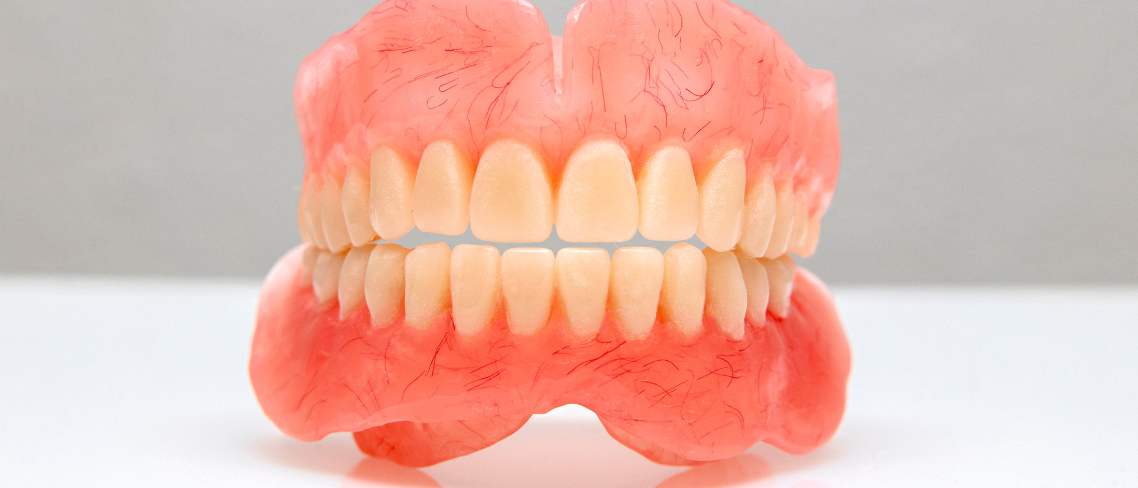

Creating a beautiful smile for a patient is extremely rewarding for the dentist as well as for the team, and this should never be taken for granted. We are blessed with the ability to change someone’s self-esteem, confidence, and possibly, the course of their life.
What is full-mouth rehabilitation?
Replacing all the teeth or correcting the imperfections in the bite position is referred to as full-mouth rehabilitation or full-mouth reconstruction. Full mouth rehabilitation is one of the most difficult procedures of dentistry and a few doctors are fully qualified for this treatment. Restoration, or the recreation of every tooth in your mouth, is done in this procedure.
The Full Mouth Rehabilitation procedure starts with the examination of the jaw muscle’s function using a computer scan in both stretched and relaxed positions. If the dentists find an imbalance in the muscle’s functions, then there are two options. One is to use the orthotic appliance, which is used to artificially build up the patient's bite to a comfortable and resting position. But if the patient doesn’t want to be treated by an orthodontist, then the mouth is fixed for a full mouth restoration.
The patient who chooses the artificial orthotic for the repositioning of their bite might need to be under the dentist's care for up to one year because the artificial orthotic restores the bite much more slowly as compared to full mouth restoration. On the other hand, full dental restoration takes only a few days to restore your bite and give you a beautiful smile. Full mouth restoration patients can expect recovery within a few days just like other dental procedures.
When you may require full mouth rehabilitation
This procedure is not only for those who want their bite restored or the teeth replaced but full mouth rehabilitation may be required to overcome some other conditions and diseases such as: